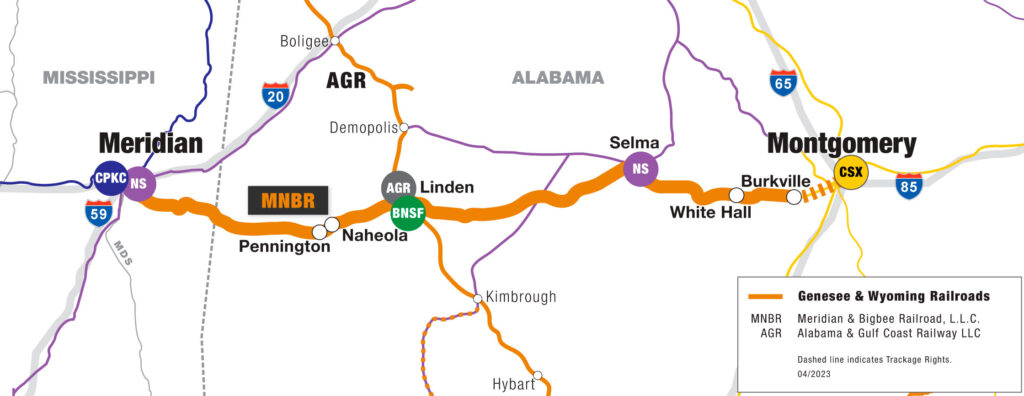That's likely the big fear that has gripped the railways - there are enough places where a 160-mile radius opens up huge opportunities for US railways to reach into Canada for business.
I'm on the fence about whether that is a good thing or a bad thing. Our west coast ports are capacity strained, so having more overseas commodities routed through the US relieves our system.... but conversely it puts at risk the investment we are looking to the railways to make to add capacity east to west.
A hundred and fifty years ago, a rail system based north-south rail links threatened confederation in a way that I don't think is as real any more.
I see this very similar to upstart airlines - Westjet and Air Canada continue to capture much of the business, but the upstarts grab enough to hurt the big two at the margin, and they present a reason for the big two to take competition seriously and not rest on their oars. We haven't seen price wars that cut fares so low that they drive everyone to the bottom. In general I don't favour the traditional Canadian model where we let two entities pretend to "compete", with a roomful of regulatory lawyers simulating true open market competition (Rogers vs Bell, etc). That may have been necessary when our population was 22 million, but as we look to much greater population and economic growth, true free markets are viable and we should embrace them.
The other part of the railways' fear derives from the shift to bulk shipments. There isn't really that much incentive for railways to seek interswitch business from customers who only handle a few cars per week.... the interswitch portion of the haul adds time and is costly, which offsets any price differential that can be offered over the rest of the haul. But.... with prairie grain terminals that deal in trainloads, interswitching becomes much more of an opportunity..... instead of heading for Swift Current and on to Calgary, the whole grain or potash train just turns left and heads south into North Dakota. That's a much bigger loss to the existing railways.
All the same, we have things that we want the railways to do for us that they aren't necessarily doing at the moment. I think Ottawa is being astute by not bending over backwards on this one. Maybe this is the lever that brings the railways to the table on other things. Nothing wrong with playing one's cards strategically.
- Paul





